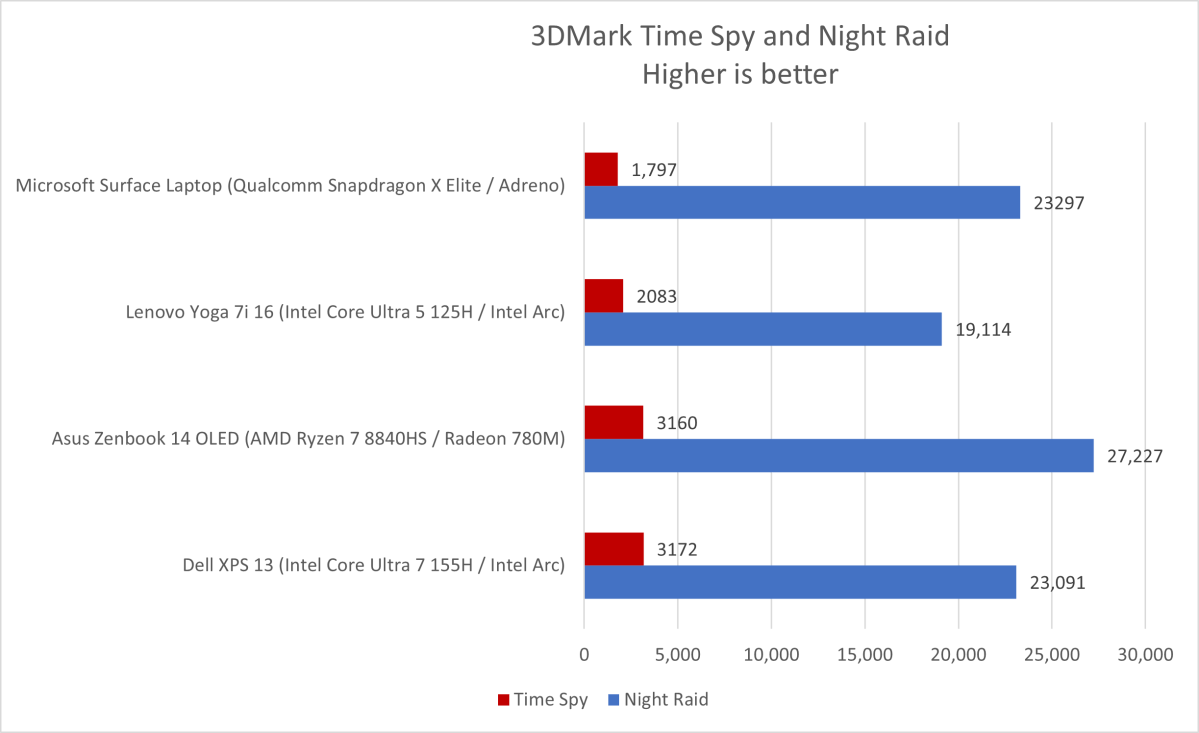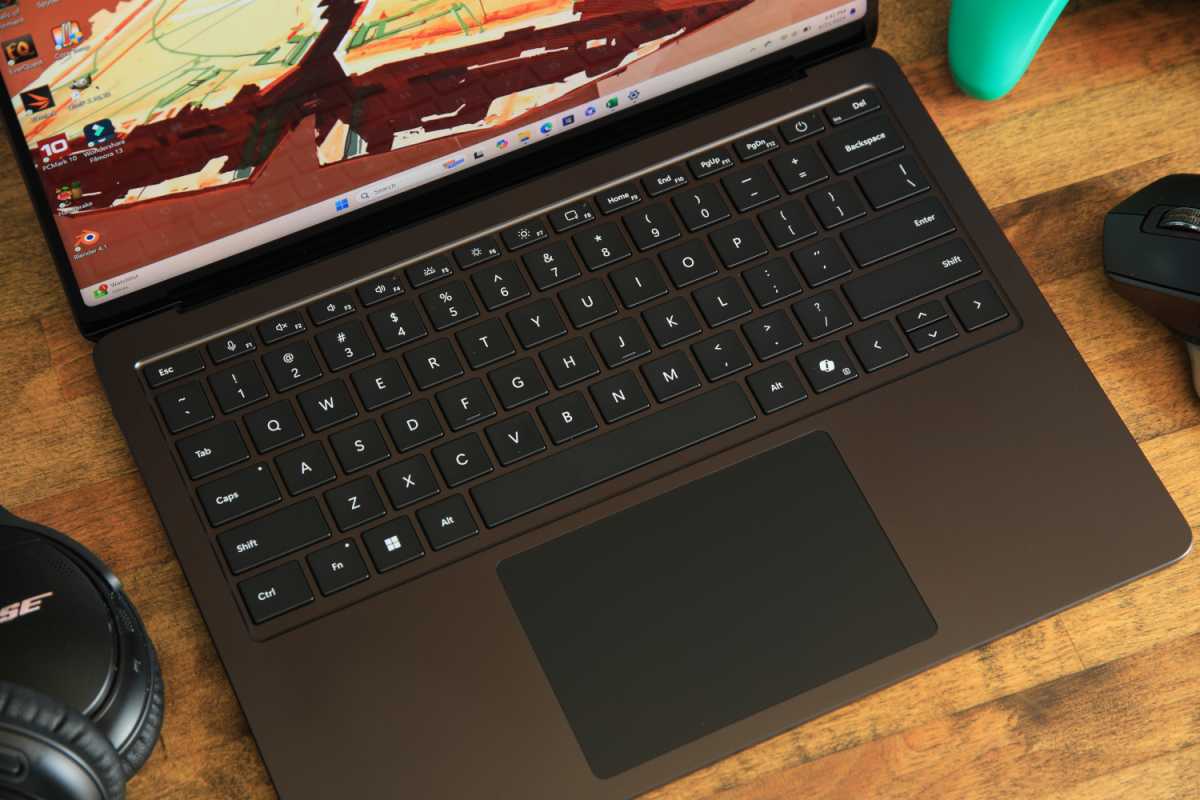
In recent news, Microsoft has released new versions of its Surface Pro and Surface Laptop, both powered by Qualcomm's Snapdragon X Elite chips. These devices have been making waves in the tech industry due to their impressive performance and battery life.
The latest Surface Pro is a versatile tablet that can be used as a laptop when paired with its detachable keyboard. It boasts a 13.8-inch, 2304x1536 resolution touchscreen with a refresh rate of 120Hz and comes equipped with PCIe Gen 4 solid state drive for storage. The device offers connectivity options including USB-C, USB-A, Surface Connector, and a 3.5mm jack.
The Surface Laptop, on the other hand, is a sleek and lightweight laptop featuring the same Snapdragon X Elite chip as its Pro counterpart. It has a 13.8-inch IPS-LED touchscreen with similar resolution and refresh rate as the Surface Pro. The laptop comes with USB-C, USB-A, and a Surface Connector for connectivity.
Microsoft's decision to switch from Intel and AMD chips to Qualcomm's Snapdragon X Elite processors has been met with mixed reactions. Some argue that the new devices need to at least compete with their Intel- and AMD-powered counterparts in terms of performance, while others see this as a step towards more efficient and powerful computing.
The Vergecast recently discussed these new devices, noting their strong processor performance and top-tier battery life. They also touched upon the emulation issues that may arise when running certain apps on Arm-based chips like Qualcomm's Snapdragon X Elite. However, they concluded that these new devices can hang with Intel- and AMD-powered laptops in their respective tiers.
The Surface Pro and Surface Laptop are not without their drawbacks, though. The keyboard on the Surface Laptop has been criticized for its vague feel compared to competitors, while the touchscreen's image quality can't compare to OLED displays. Additionally, gaming performance on these devices does not hold up.
Despite these limitations, Microsoft's new line of Copilot PCs is making waves in the tech industry with their impressive performance and battery life. The transition to Arm chips may have its challenges, but it seems that Microsoft is off to a strong start.



/cdn.vox-cdn.com/uploads/chorus_asset/file/25505204/VST_0625_Site.jpg)

